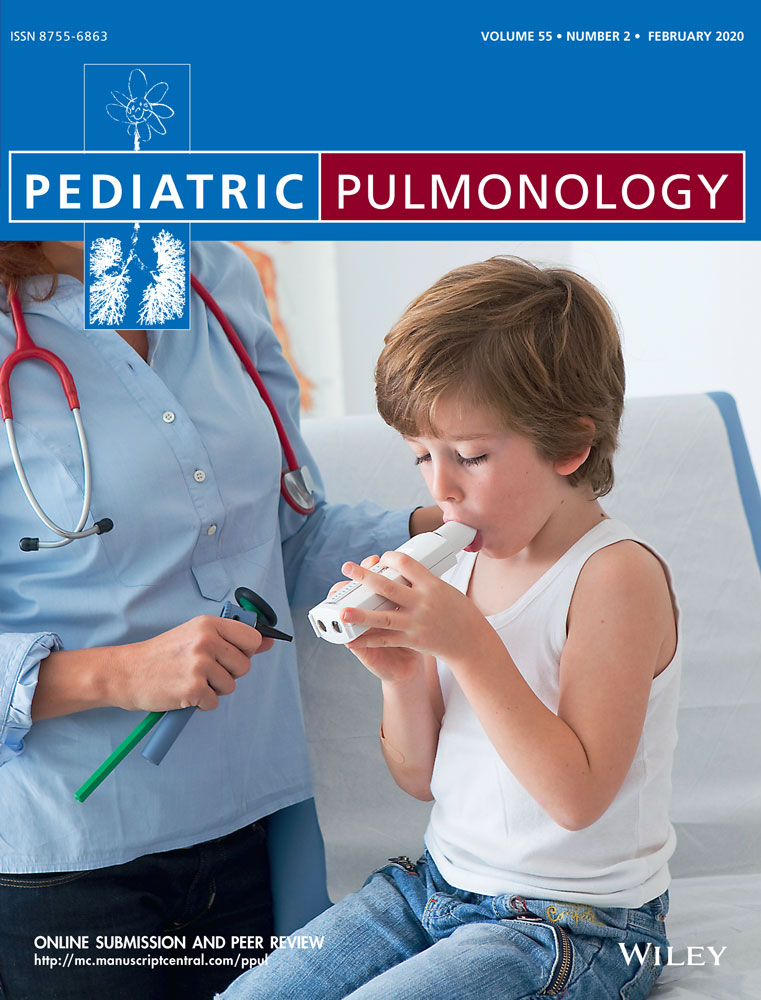Urinary club cell protein 16 (CC16): Utility of its assay during acute bronchiolitis
Abstract
Acute bronchiolitis is responsible for high morbidity in infants. Club cell protein 16 kDa (CC16) is a major pneumoprotein secreted by club cells of the bronchial epithelium and eliminated by the renal pathway. CC16 seems to be a biomarker of epithelial damage in asthma. However, its value as a marker of acute bronchiolitis severity and later recurrent wheezing are uncertain, especially the value of its urinary assay for this purpose. A prospective, observational, analytical study was conducted at Clermont-Ferrand University Hospital to correlate serum CC16 level with clinical severity of bronchiolitis in hospitalized infants aged less than 1 year. We analyzed correlations between serum and urinary CC16, CC16 levels and Wainwright score, immediate morbidity due to bronchiolitis, causal viruses, and recurrent wheezing 1 year after inclusion. In 166 infants, serum CC16 did not correlate with acute bronchiolitis severity (P = .49), but urinary CC16 did (P < .001). In multivariate analysis, urinary CC16 correlated mainly with urinary retinol binding protein (RBP; r = 0.70; P < .001). The logCC16u/logRBPu ratio correlated significantly with severity (P = .02). CC16 levels were not correlated with recurrent wheezing at 1 year. Urinary CC16 could be a useful biomarker in acute bronchiolitis for specific indications. This noninvasive assay would be particularly useful in the young infant population. Several factors must be taken into account in its interpretation, mainly tubular function. Further studies are needed to assess these factors.
CONFLICT OF INTERESTS
The authors declare that there are no conflict of interests.




